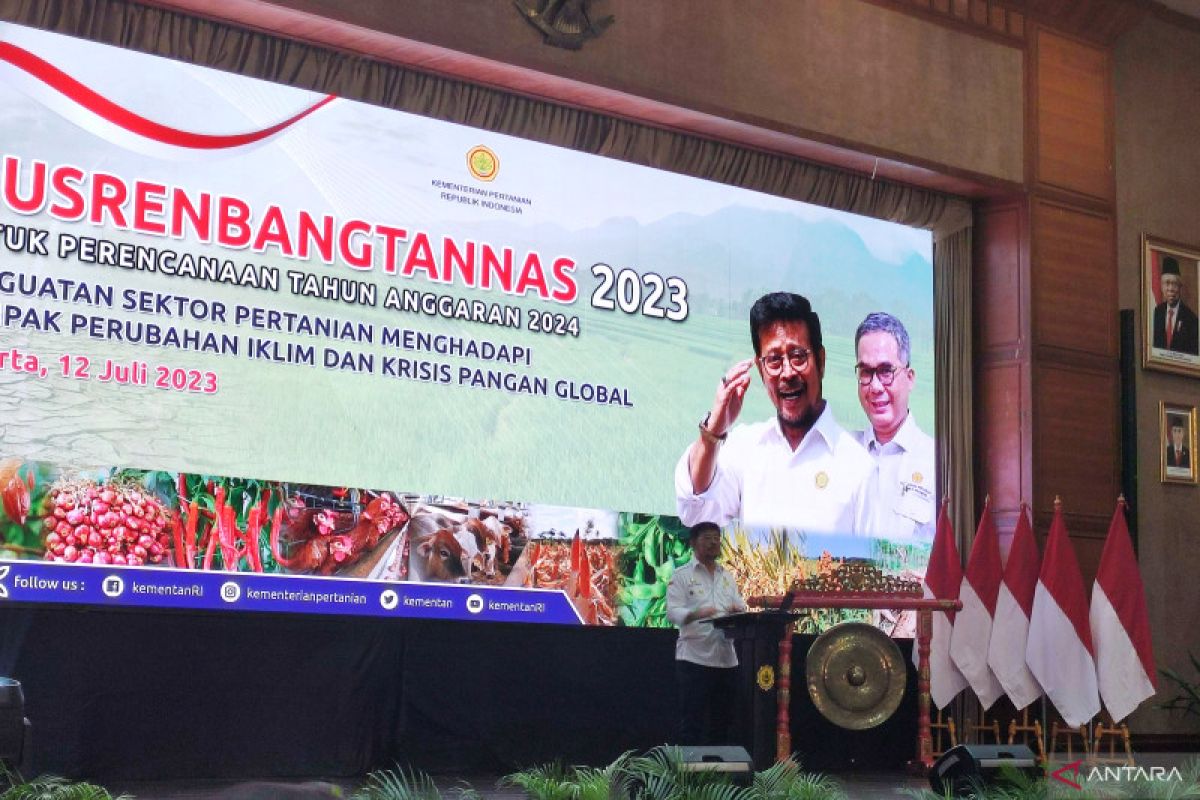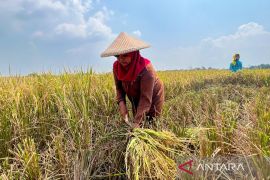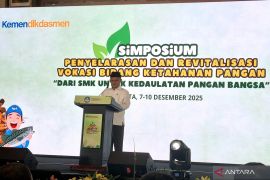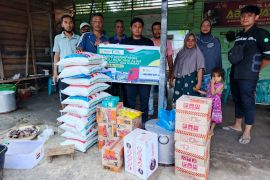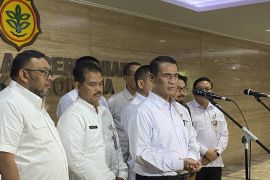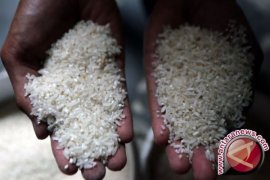The step is part of efforts to anticipate the impact of the El Nino phenomenon on the agricultural sector.
On Wednesday, the minister attended the 2023 National Agricultural Development Plan meeting in Jakarta with around 1,600 staff to formulate and strengthen strategies to deal with El Nino and a potential food crisis.
"The data shows that our food reserve is sufficient, but we cannot be overconfident because we will be facing bad weather. At the meeting, we discussed regional mapping and categorize them (regions) into green, yellow, and red areas," Limpo informed.
He said that his ministry will map potential food production to determine the right strategy for dealing with climate change conditions.
Explaining the regional mapping, he informed that regions with water and natural adequacy will be categorized as green; regions considered to have mediocre water supply and natural adequacy, and which require intervention, will be yellow; and regions with a production deficit will be red, he explained.
In green areas, the ministry will carry out interventions to heighten productivity. Meanwhile, in yellow areas, the interventions will involve planting drought-resistant varieties, repairing irrigation networks and reservoirs, and providing agricultural machinery assistance under the Taxi Alsintan program.
"Then the red area means a very minus area (area with a production deficit). We hope that the regional head can prepare a food barn from surplus area to supply the red area," the minister said.
Limpo also emphasized the importance of joint commitment between the central and regional governments for accelerating and realizing maximum efforts to fulfill national food needs.
It is hoped that through the national meeting, the government can regulate steps that must be taken in all regions, he said.
He also asked every city, district, and province to issue a road map for preparing food in bad weather conditions, which are predicted to peak in August–September 2023.
Limpo outlined at least nine strategies that will be carried out by the ministry to anticipate and adapt to the El Nino phenomenon in the agricultural sector.
They will include identifying and mapping drought-affected locations; accelerating planting to catch up with remaining rainfall; increasing the availability of agricultural machinery to accelerate planting; and increasing water availability by building or repairing ponds, ditch dams, deep wells, infiltration wells, and carrying out rehabilitation of tertiary irrigation networks and pumping.
They will also comprise providing drought-resistant seeds and plant-disturbing organisms (OPT); preparing the 1 thousand-hectare program for adapting to and mitigating the impact of El Nino; developing centralized and independent organic fertilizer supplies; providing people's business credit (KUR) financing support and agricultural insurance; and preparing food barns.
"There is an accelerated trial of 1 thousand hectares of land in each district, which has become our focus to prepare food production. We can use it as a reserve against El Nino and the world food crisis that threatens us," Limpo said.
Related news: Jokowi urges minister to boost rice production amid El Nino threat
Related news: ASEAN discusses food crisis threats
Related news: Govt to anticipate drought through clean, drinking water provision
Translator: Ade Irma J, Resinta S
Editor: Sri Haryati
Copyright © ANTARA 2023
